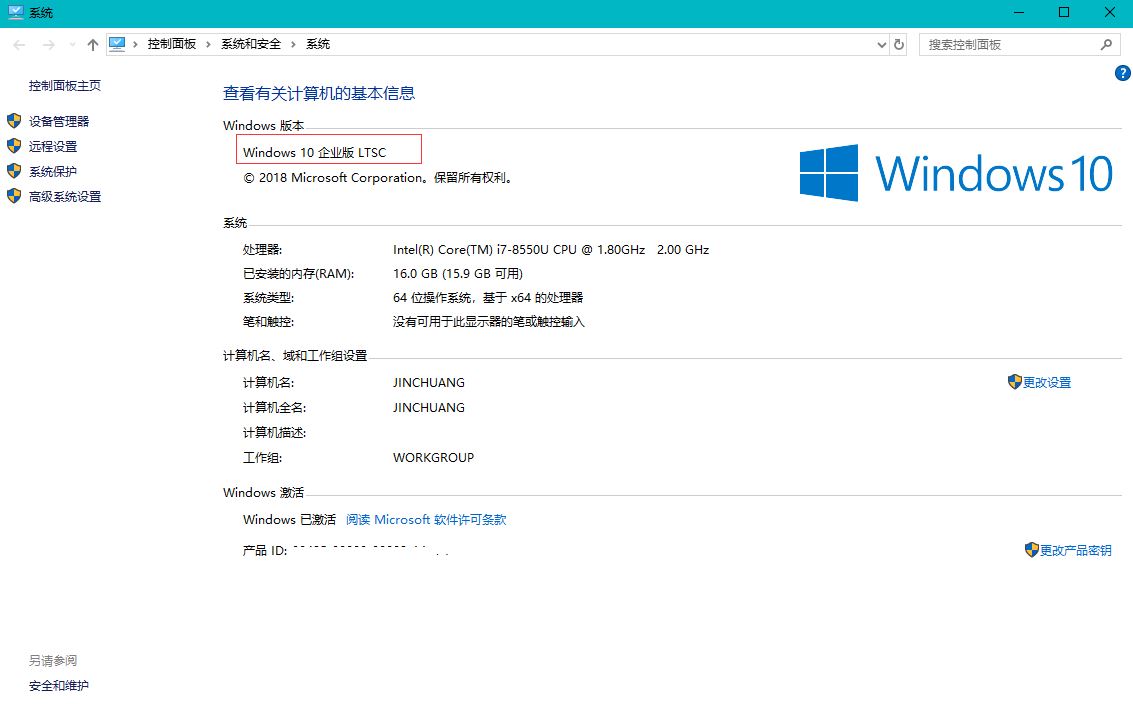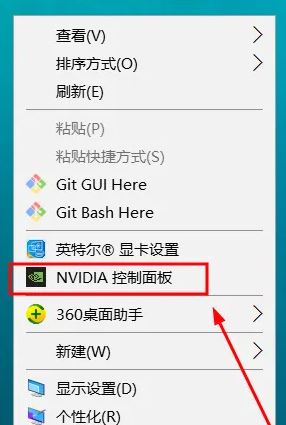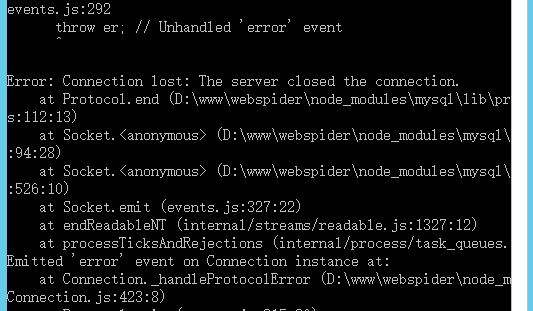服务器发送事件 是一种新的 HTTP API,用于将事件从服务器推送到客户端。 与 websockets ,服务器发送的事件(简称 SSE)建立在 HTTP 协议之上,因此不需要 ws:// URL 或其他 npm 模块。服务器端事件也会 自动处理重新连接 ,因此如果连接丢失,您不必编写代码来重新连接。
入门
在客户端,您使用 EventSource 类 连接到服务器端事件源,客户端很简单:只需指向 EventSource 类到 Express 路由 配置为处理 SSE 并 添加事件侦听 。
<html>
<body>
<div></div>
<script type=text/javascript>
const source = new EventSource(/events);
source.addEventListener(message, message => {
console.log(Got, message);
// Display the event data in the `content` div
document.querySelector(#content).innerHTML = event.data;
});
</script>
</body>
</html>Express 方面是棘手的部分。要支持 SSE,您需要设置 3 个标头,然后 使用 flushHeaders():
Cache-Control: no-cacheContent-Type: text/event-stream:所以客户端知道这个响应是一个 HTTP 流Connection: keep-alive:所以 Node.js 知道保持 HTTP 套接字打开
一旦你调用 flushHeaders(),然后您可以 使用 res.write() 功能 。 res.write() 函数写入 HTTP 连接而不显式结束 HTTP 响应。 确保你 不 使用 res.send() 或者 res.end(),因为那些明确结束响应。
下面是一个独立的 Express 服务器的示例,它使用 /events 端点:
use strict;
const express = require(express);
const fs = require(fs);
run().catch(err => console.log(err));
async function run() {
const app = express();
app.get(/events, async function(req, res) {
console.log(Got /events);
res.set({
Cache-Control: no-cache,
Content-Type: text/event-stream,
Connection: keep-alive
});
res.flushHeaders();
// Tell the client to retry every 10 seconds if connectivity is lost
res.write(retry: 10000\\n\\n);
let count = 0;
while (true) {
await new Promise(resolve => setTimeout(resolve, 1000));
console.log(Emit, ++count);
// Emit an SSE that contains the current count as a string
res.write(`data: ${count}\\n\\n`);
}
});
const index = fs.readFileSync(./index.html, utf8);
app.get(/, (req, res) => res.send(index));
await app.listen(3000);
console.log(Listening on port 3000);
}© 版权声明
文章版权归作者所有,未经允许请勿转载。
THE END










请登录后查看评论内容